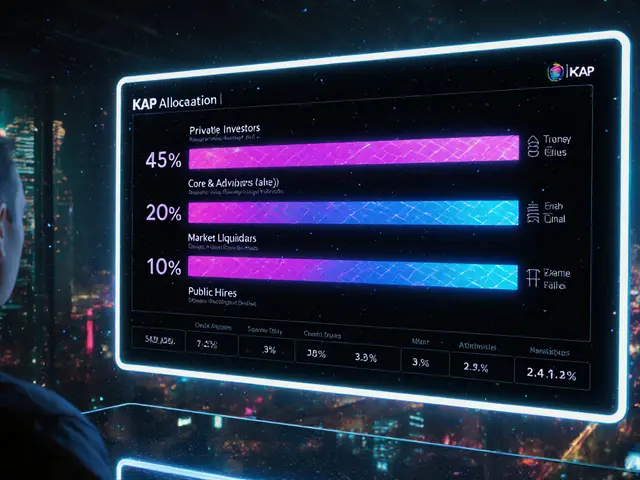
Cryptocurrency Pairs: What They Are and Why They Matter
When dealing with cryptocurrency pairs, a duo of digital assets that can be swapped directly on a platform. Also known as trading pairs, they form the basic unit of every crypto trade, letting you exchange Bitcoin for Ether, USDC for DOGE, and countless other combos. The pair itself defines the price relationship: the amount of the second asset you receive for one unit of the first. Understanding this simple relationship is the first step toward sensible trading, portfolio balancing, and price‑tracking across markets.
Key Players Behind Every Pair
Behind each cryptocurrency pair sits an exchange, the digital marketplace that lists the pair and matches buyers with sellers. Exchanges rely on liquidity pools, collections of both assets that ensure you can trade without huge slippage. The deeper the pool, the lower the price impact when you swap large amounts. Market depth, the order‑book volume available at each price level reflects how many orders sit ready to absorb trades, and it directly shapes the pair’s stability and price discovery. Finally, tokenomics, the economic rules governing supply, inflation, and utility of each asset influence long‑term demand, which in turn affects the pair’s trajectory over weeks and months.
Putting these pieces together, you can see that cryptocurrency pairs encompass two assets, require an exchange to host them, depend on liquidity pools for smooth execution, and are shaped by market depth and tokenomics. That web of relationships explains why a pair that looks attractive on paper can still suffer from high spreads or erratic price swings if any of the supporting components are weak. In the collection below you’ll find deep dives on specific pairs, guides to assess liquidity, and tools to compare exchange listings. Armed with this context, you’ll be ready to pick the right pairs for your strategy, avoid common pitfalls, and make more informed moves in the fast‑moving crypto market.




